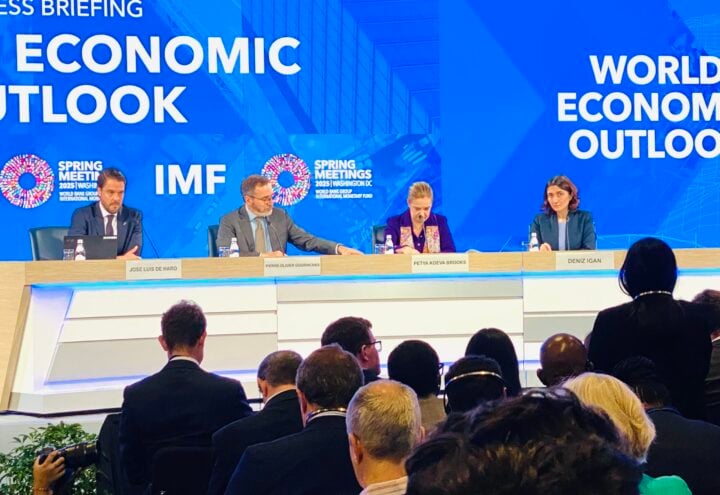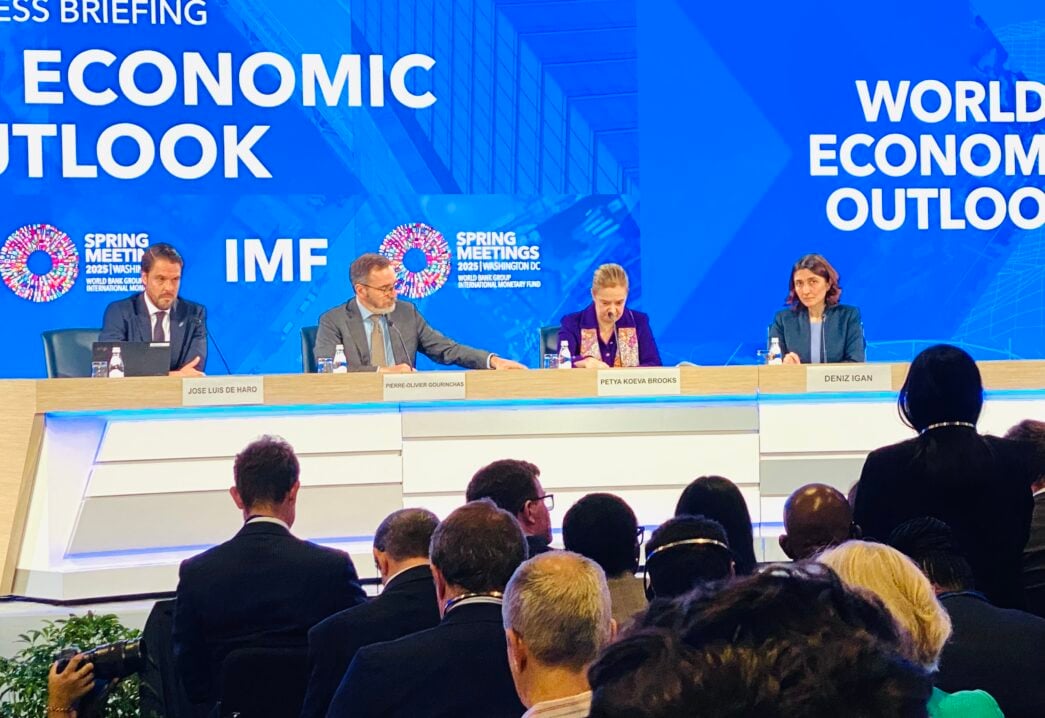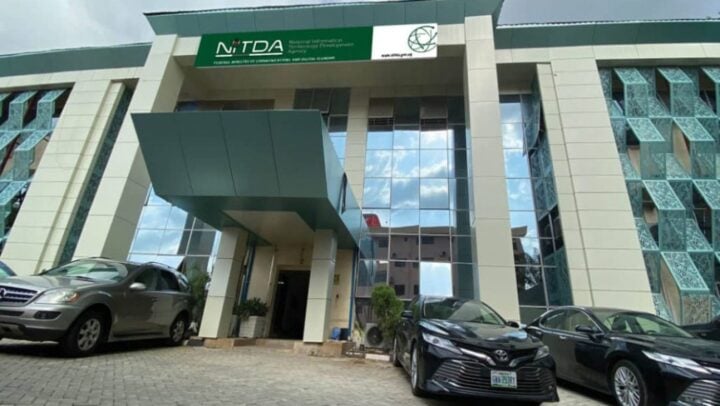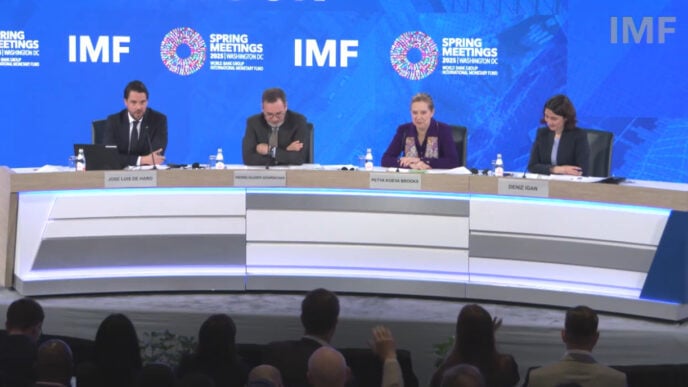
The International Monetary Fund (IMF) says global economic growth will drop to 2.8 percent this year, and 3 percent in 2026.
The lender’s new position on the world’s economic growth signals a downgrade from its initial projection of 3.3 percent for both years, according to its latest World Economic Outlook (WEO) launched on Tuesday at the ongoing 2025 spring meetings of the IMF and the World Bank.
The multilateral organisation said since the release of the January 2025 WEO update, a series of new tariff measures by the United States (US) and countermeasures by its trading partners have been announced and implemented.
Advertisement
This, the fund noted, ended up in “near-universal” US tariffs on April 2 — bringing effective tariff rates to levels not seen in a century.
“This on its own is a major negative shock to growth,” the IMF report said.
The IMF said the unpredictability with which the measures have been unfolding also has a negative impact on economic activity and the outlook, making it more difficult to make assumptions “that would constitute a basis for an internally consistent and timely set of projections”.
Advertisement
“Given the complexity and fluidity of the current moment, this report presents a “reference forecast” based on information available as of April 4, 2025 (including the April 2 tariffs and initial responses), in lieu of the usual baseline,” the report said.
“This is complemented with a range of global growth forecasts, primarily under different trade policy assumptions. The swift escalation of trade tensions and extremely high levels of policy uncertainty are expected to have a significant impact on global economic activity.
“Under the reference forecast that incorporates information as of April 4, global growth is projected to drop to 2.8 percent in 2025 and 3 percent in 2026—down from 3.3 percent for both years in the January 2025 WEO Update, corresponding to a cumulative downgrade of 0.8 percentage point, and much below the historical (2000–19) average of 3.7 percent.”
FORECASTS FOR INFLATION, ADVANCED AND EMERGING ECONOMIES
Advertisement
The Bretton Woods firm said growth in advanced economies is projected at 1.4 percent in 2025.
According to the fund, growth in the US is expected to slow to 1.8 percent.
The lender said this is 0.9 percentage point lower relative to the projection in the January 2025 WEO update, “on account of greater policy uncertainty, trade tensions, and softer demand momentum, whereas growth in the euro area at 0.8 percent is expected to slow by 0.2 percentage point”.
“In emerging market and developing economies, growth is expected to slow down to 3.7 percent in 2025 and 3.9 percent in 2026, with significant downgrades for countries affected most by recent trade measures, such China,” the IMF said.
Advertisement
“Global headline inflation is expected to decline at a pace that is slightly slower than what was expected in January, reaching 4.3 percent in 2025 and 3.6 percent in 2026, with notable upward revisions for advanced economies and slight downward revisions for emerging market and developing economies in 2025.
“Intensifying downside risks dominate the outlook. Ratcheting up a trade war, along with even more elevated trade policy uncertainty, could further reduce near- and long-term growth, while eroded policy buffers weaken resilience to future shocks.”
Advertisement
The institution stated that the path forward requires clarity and coordination, advising that countries should work constructively to promote a stable and predictable trade environment, facilitate debt restructuring, and address shared challenges.
“At the same time, they should address domestic policy and structural imbalances, thereby ensuring their internal economic stability,” the fund added.
Advertisement
This, the IMF said, will help to rebalance growth-inflation trade-offs, rebuild buffers, and “reinvigorate medium-term growth prospects, as well as reduce global imbalances”.
Advertisement











